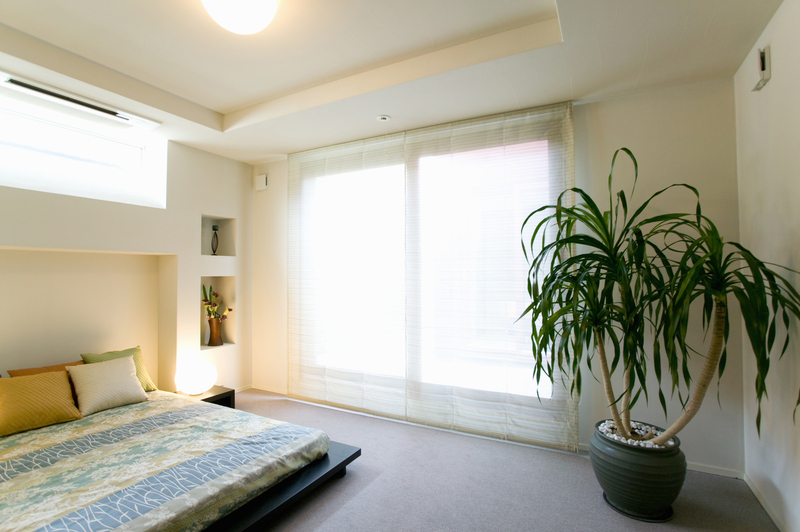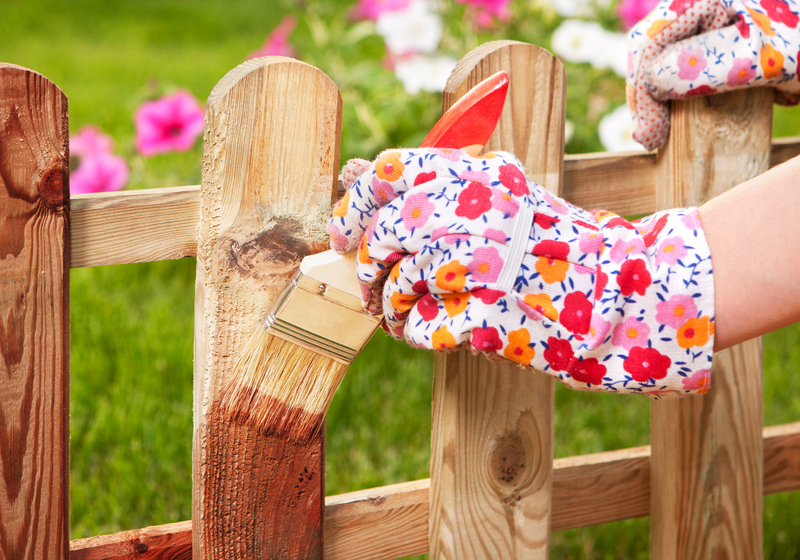Indoor Gardening 101: Creating a Lush Oasis in Your Own Home
Posted on 11/07/2024
In recent years, indoor gardening has gained immense popularity among city-dwellers and green enthusiasts alike. With limited outdoor space and an increasing awareness of the importance of incorporating nature into our daily lives, indoor gardening has become a go-to solution for those looking to create a lush oasis in their own homes.
Indoor gardening refers to the practice of growing plants, herbs, or flowers indoors, without direct exposure to natural sunlight. It is a great way to bring the beauty and benefits of nature into your home while also providing a therapeutic and creative outlet. In this article, we'll explore the basics of indoor gardening and how you can transform any space into a green haven.
Getting Started with Indoor Gardening
Before starting your indoor garden, it's important to consider a few key factors that will determine the success of your plants. The first and most important aspect is light. Unlike outdoor gardens where plants can soak up direct sunlight, indoor gardens rely on artificial light sources. Therefore, it's crucial to choose the right location for your plants based on their light requirements. For example, succulents and cacti thrive under bright light while leafy greens prefer indirect light.
The next factor to consider is humidity. Most indoor environments tend to be drier than outdoor ones, which can affect plant growth. To combat this, you can mist your plants regularly or invest in a humidifier. Additionally, grouping plants together can create a microclimate that is more conducive to their growth.

Choosing the Right Plants
When it comes to selecting plants for your indoor garden, there are endless options to choose from. However, some plants are better suited for growing indoors than others. Low maintenance plants such as spider plants, pothos, or philodendrons are perfect for beginners as they require minimal care and can survive in low-light conditions.
For those with a bit more experience and access to brighter spaces, flowering plants like orchids, jasmine or African violets can add a touch of elegance and color to your indoor garden. And if you have a green thumb and love a challenge, consider growing tropical plants like Fiddle Leaf Figs or Banana Plants that require more specific care.
Tips for Maintaining Your Indoor Garden
One of the biggest challenges of indoor gardening is providing the right conditions for your plants to thrive. Here are some tips to help maintain a healthy and vibrant indoor garden:
1. Water your plants regularly: Just like outdoor gardens, indoor plants need to be watered regularly. The frequency of watering will depend on the type of plant, its size and the environment in which it's growing.
2. Use high-quality potting soil: A good quality potting mix will provide essential nutrients and aid in drainage, which is crucial for plant growth.
3. Avoid over-fertilizing: While fertilizers are an important part of plant care, too much can do more harm than good. Follow instructions carefully when using fertilizers and avoid adding them during the winter months when plants are not actively growing.
4. Keep pests away: Like outdoor plants, indoor plants can also fall victim to pests such as aphids or spider mites. Regularly check your plants for signs of infestation and use natural pest control methods like neem oil or insecticidal soap.
Pros and Cons of Indoor Gardening
Pros:
1. Year-round gardening: With an indoor garden, you have the freedom to grow plants year-round, regardless of weather conditions.
2. Improved air quality: Plants are natural air purifiers, removing toxins from the air and improving the overall air quality in your home.
3. Adds beauty and life to your space: Indoor gardens can transform any room into a tranquil oasis, adding color, texture, and vitality to your living space.
Cons:
1. Limited space: Unlike outdoor gardens where space is abundant, indoor gardens are usually limited to windowsills or designated areas, making it difficult to grow larger plants or multiple ones at once.
2. Requires time and effort: While some plants are low maintenance, others may require more care and attention, making indoor gardening a time-consuming hobby.
3. Can be costly: Setting up an indoor garden can involve investing in pots, soil, fertilizers, and lighting equipment, which can add up over time.

Takeaways
Indoor gardening is a rewarding and fulfilling hobby that offers numerous benefits for both our physical and mental well-being. With proper knowledge and care, anyone can create a lush oasis in their own home. Start by determining the right location for your plants based on light requirements, choose the right plants for your space, and follow proper care tips to ensure their growth and longevity.
Conclusion
In conclusion, as more people move into urban areas with limited outdoor space, indoor gardening has become a popular option for bringing nature indoors. With the proper understanding of light, humidity, and plant care techniques, you can create a thriving indoor garden that not only adds beauty to your home but also provides endless health benefits. So why not try your hand at indoor gardening and create your own little oasis today?












